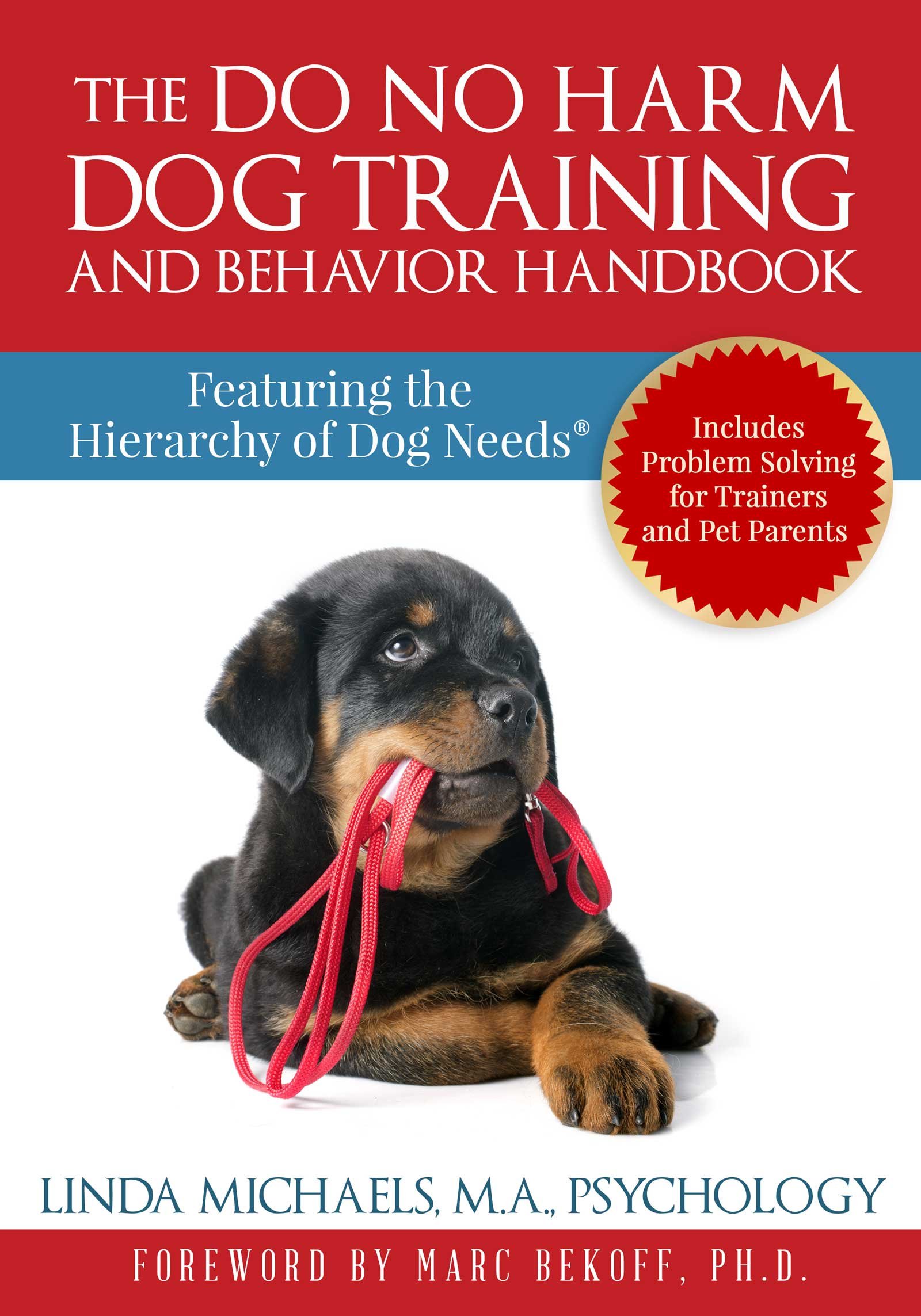What is separation anxiety and how to prevent its development in dogs?
Separation Anxiety (SA) Disorder is both a devastating condition for dogs and a heart-wrenching experience for pet parents. SA is a stress-related disorder, more specifically, a fear reaction to being left alone. It is defined by emotional and physical distress brought on by the absence of an attachment figure. When left alone, dogs suffering with SA disorder experience what is akin to a panic attack in humans. Research in the field of developmental psychology has shown that SA in dogs may be similar to an attachment disorder in humans. Separation anxiety indicates there is an insecure anxiety-driven attachment most often to a pet parent, or possibly to a canine housemate (Ainsworth & Bell, 1970). Some dogs are comforted with another person as a substitute for the primary relationship, but many are not. Generally, if a dog appears overly attached to a pet parent, getting another dog is unlikely to solve the problem.
Lamentably, “Most separation anxiety in dogs appears to be ‘idiopathic’ meaning we do not understand what is causing it,” (Overall, 2013, p. 681). It is not well-understood why some dogs suffer from separation anxiety and others do not. Puppies from the same litter with similar puppyhood experiences have developed SA, while the other puppies from the litter have developed normally.
One or all three of the following factors may play a part in any single case of separation anxiety:
It may reflect a dog’s relationship with a pet parent
It may result from a single traumatic event in a dog’s life
There may be a genetic predisposition to SA
Factors associated with SA include being left alone for long periods of time or, conversely, not spending enough time alone. Preventive strategies are recommended in order to avoid heartache for pet parents as well as their dogs early in the dog’s life or early in the relationship (Sargisson, 2014a).
The peak intensity of problems related to separation is typically seen shortly after the pet parent’s departure. In an extensive review of the literature, Sargisson (2014b) found that, on average, dogs with SA begin vocalizing 3.25 minutes after departure, and destructive behavior begins 7.13 minutes after departure. Keep in mind your dog could be suffering from a condition that is often mistaken for separation anxiety—boredom!
The good news is that SA is treatable. The solution is training dogs to enjoy time alone or at least be accepting of reasonable periods of time spent alone. Make the time your dog spends alone as pleasant as possible, baby stepping your way toward recovery. Just as you would not expect a person experiencing a severe panic attack to “Just get over it,” neither can you expect a dog with SA to have symptoms resolve quickly. It may take months rather than weeks of dedicated treatment. Do not listen to misbegotten advice to let your dog “cry it out”. Recovery is a process. (See Chapter 2, Attachment and Abandonment.)
Encourage your dog to become more independent by becoming a proactive pet parent and trainer helping your dog to feel more emotionally secure. Practice separation anxiety prevention by using the treatment techniques in this chapter early in your dog’s development, or when adding a rescued dog to your family, and regularly thereafter. Teach your dog to enjoy being a dog and a “happy camper” even when you are not home.
The Need for Social Contact
Dogs are social creatures and need social contact much like we do. However, your dog does not have the choices afforded by social or other media, to go out on the town, or to entertain guests when desired, but depends entirely upon you to provide adequate opportunities for social interaction. Leaving your dog, a member of a social species, alone all day is without question contraindicated. Dogs should not be left alone, on average, for more than five hours at a stretch if they do not have social contact and elimination opportunities. If your dog withholds urination, longer periods may create medical problems, such as a build-up of toxins in the bloodstream resulting in kidney conditions and urinary tract infections as well as psychological distress. If your job keeps you away from home for long stretches of time, engage outside help to find a dog-friendly alternative to leaving your dog home alone all day. Here are some ideas you may want to consider:
A force-free pet sitter with whom your dog has already closely bonded can provide daily visits, play, and walks. Arrange to receive a per visit photo or video and/or a text message to help you adjust to the separation and help relieve guilt feelings in you that may crop up.
A well-researched doggy day care facility may be an option if your dog is suitable for such a high intensity environment with other dogs, and if safe.
Take your dog to work with you when possible.
Preventing separation anxiety
In 2014, Sargisson (2014c) undertook an enlightening review of the scientific literature on strategies for the management and treatment of SA in dogs. She found that preventive measures include the following:
Providing a wide range of experiences outside the home and with other people
Having stable routines
Making regular absences from the dog–not too long but not too short in
duration part of your dog’s routine
Avoiding punishment
Learn more about separation anxiety and its treatment in The Do No Harm Dog Training and Behavior Handbook.


